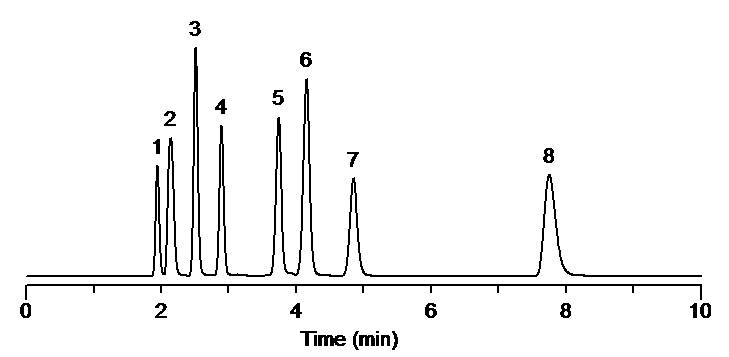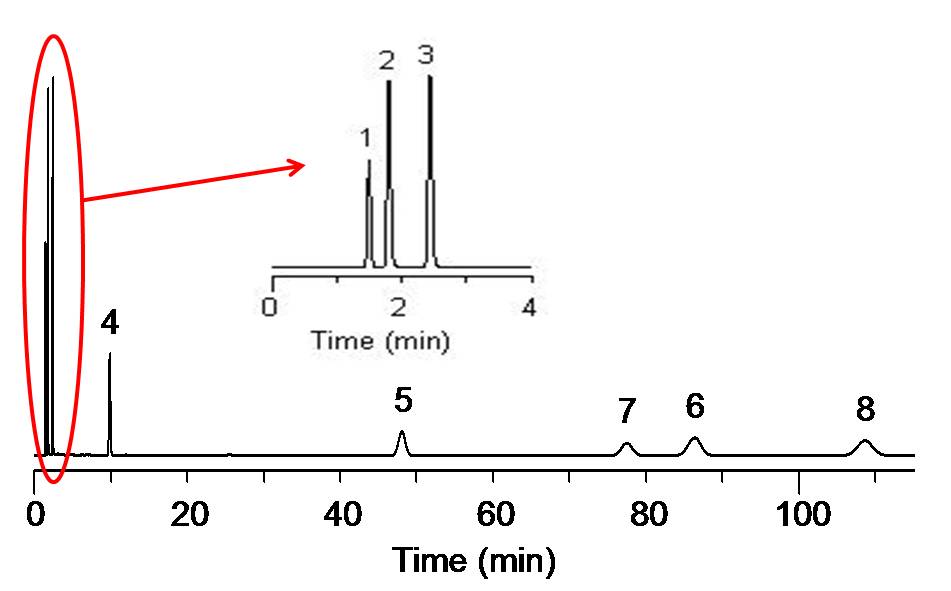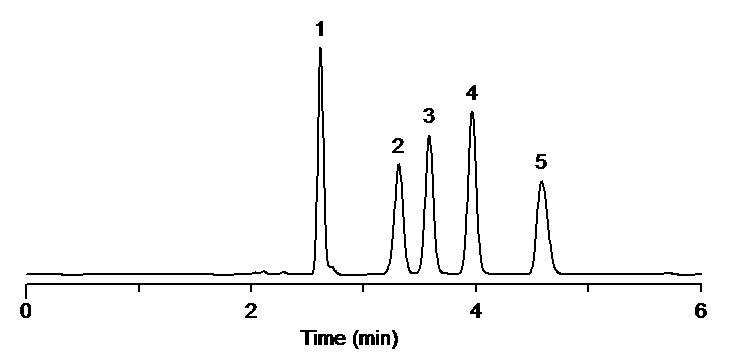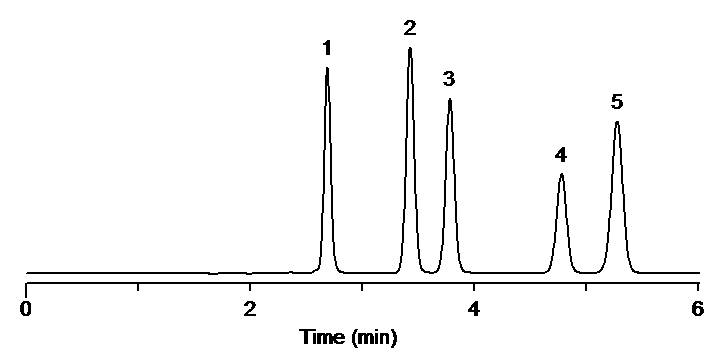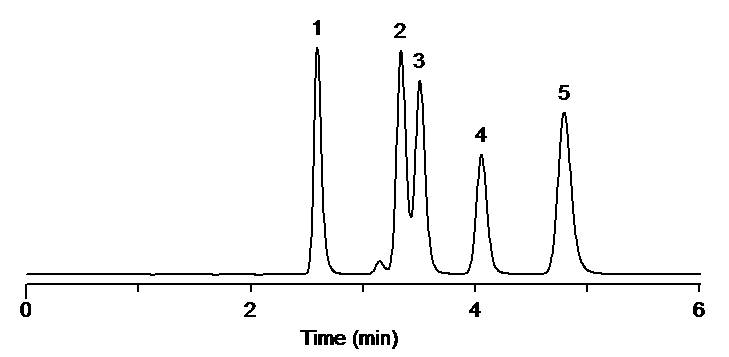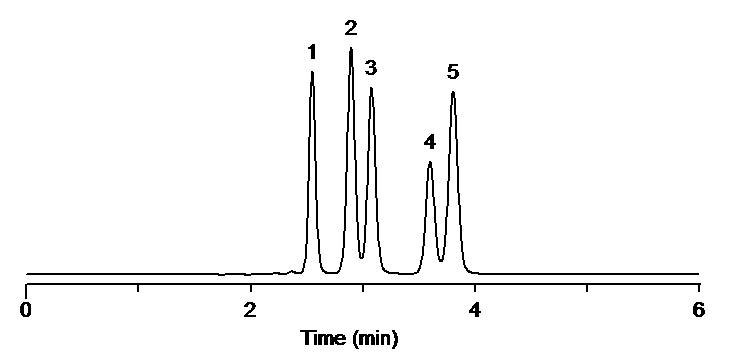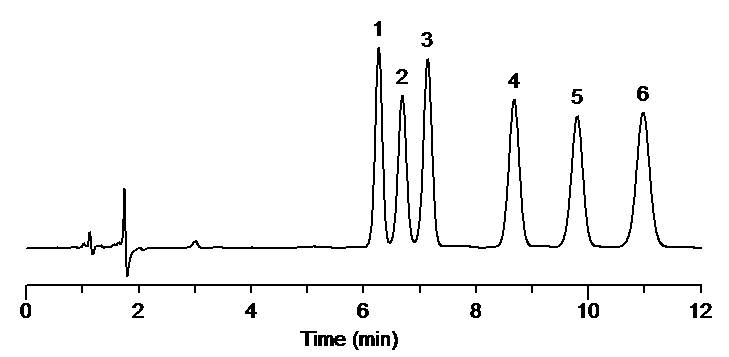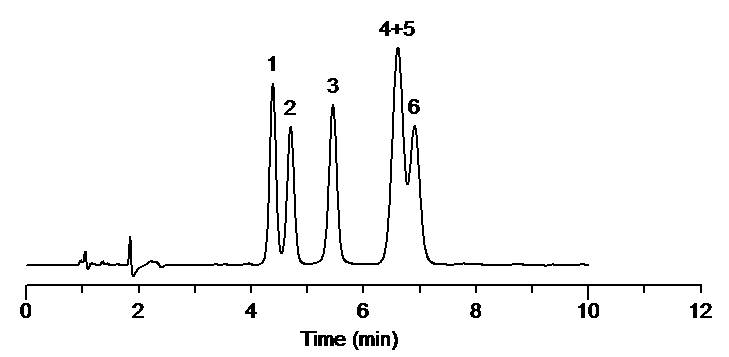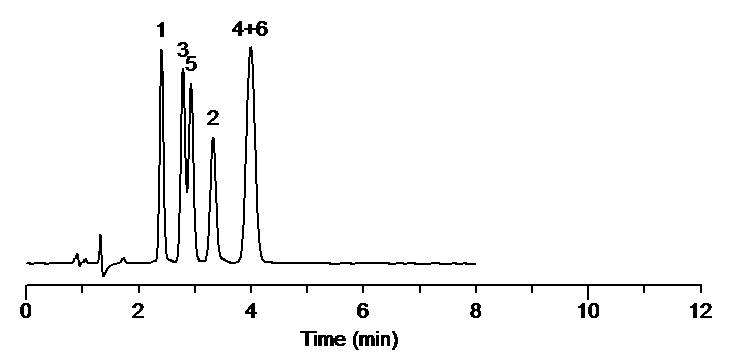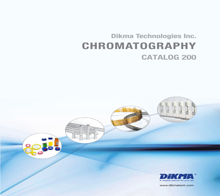- Home
- Products
- HPLC / UHPLC Columns
- Platisil™ Columns
- Platisil™ CN (New)
Platisil™ CN (New)
Platisil CN columns offer a unique polar selectivity in RP and NP mode. They provide sharp peaks and great reproducibility run-to-run, column-to-column, and batch-to-batch. The smooth silica allows for a more uniform bonding with improved resistance to bonded phase hydrolysis to produce one of the most stable CN phases. The high coverage combined with a thorough endcapping makes Platisil CN columns suitable for the separation of ionizable compounds such as basic drugs, organic acids, and steroids as well as carboxyl, carbonyl, and amine containing compounds.
Features of Platisil™ CN Columns
· Monomerically bonded cyanopropyl group
· Exceptionally high surface coverage and alternative selectivity
· Low hydrophobicity for rapid elution of hydrophobic analytes
· More reproducible separations than silica for NP applications
· Multi-mode column (RP, NP, & HILIC) widens scope of selectivity
· High retention capacity for polar and unsaturated compounds
· Excellent reproducibility and superior stability
· Quick equilibration and less sensitivity to small changes of the water content in the mobile phase
· Suitable for the separation of ionizable compounds such as basic drugs, organic acids, and steroids
Platisil™ CN Material Characteristics
Bonded phase
Particle size(μm)
Pore size(Å)
Surface area(m2/g)
Purity(%)
Phase density(µmol/m2)
Carbon loading(%)
pH range
Endcapping
3, 5, 10
100
440
>99.999
4.8
12
1.5-7.5
CN
Batch-to-batch reproducibility of Platisil CN: Selectivity
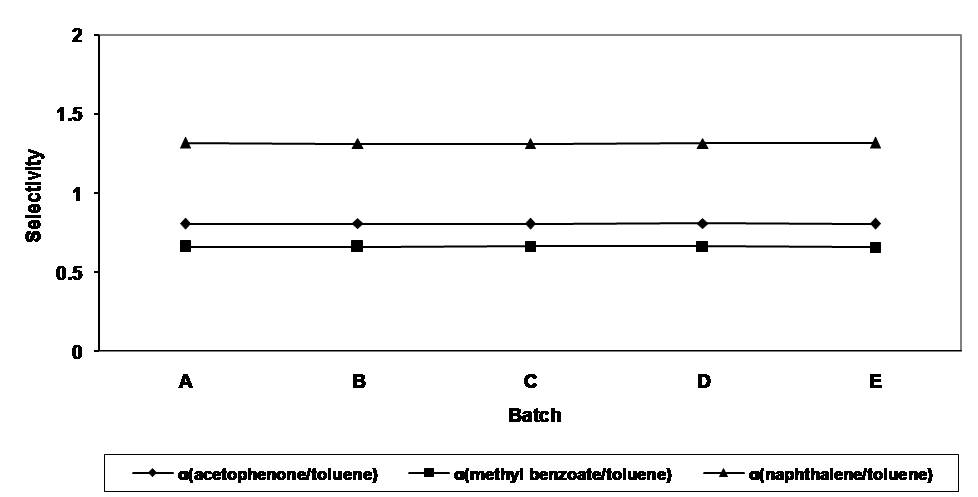
Batch-to-batch reproducibility of Platisil CN: Capacity factor
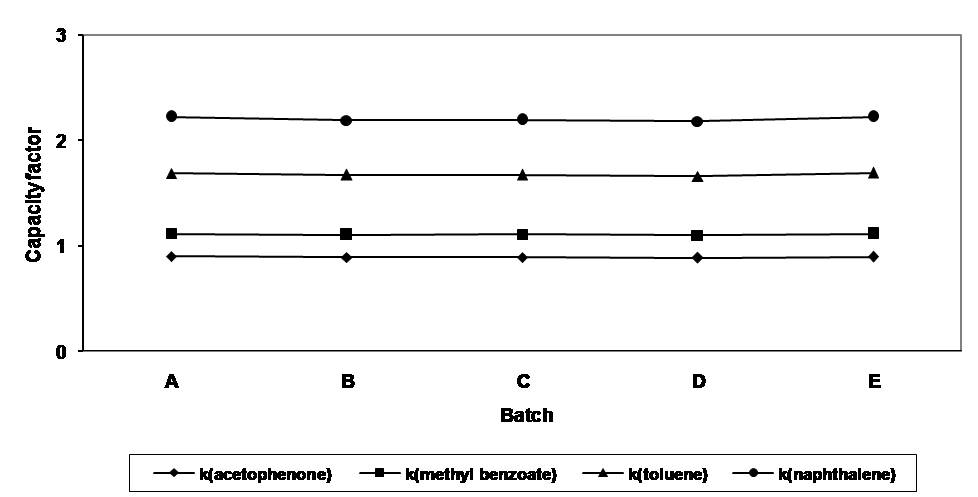
|
Selectivity and retention comparison |
||||||||||||||||||||||||||||||||||
|
||||||||||||||||||||||||||||||||||
|
||||||||||||||||||||||||||||||||||
|
Phthalate esters |
|||||||||||||||||||||||||||||||||||||||||||||
|
|||||||||||||||||||||||||||||||||||||||||||||
|
|||||||||||||||||||||||||||||||||||||||||||||
|
|
Anti-inflammatories |
||||||||||||||||||||
|
||||||||||||||||||||
|
||||||||||||||||||||
|
Steroids |
|||||||||||||||||||||||||||||||
|
|||||||||||||||||||||||||||||||
|
|||||||||||||||||||||||||||||||
USA
11 Orchard Road, Suite 106
Lake Forest, CA 92630, USA
Tel: 949-716-5810
Fax: 949-716-5811
Toll-Free: 1-877-328-8348
Email: sale@dikmatech.com
Business hours: 9 AM - 5 PM PST
Canada
255 Shields Court, Unit A
Markham, ON L3R 8V2, Canada
Tel: 905-944-8066
Fax: 905-944-0181
Toll-Free:1-866-889-9072
Email: sales@dimaglass.com
Business hours: 9 AM - 5 PM EST
Korea
FRABJES WANDELN
E-mail: wyoh@frabjes.com
